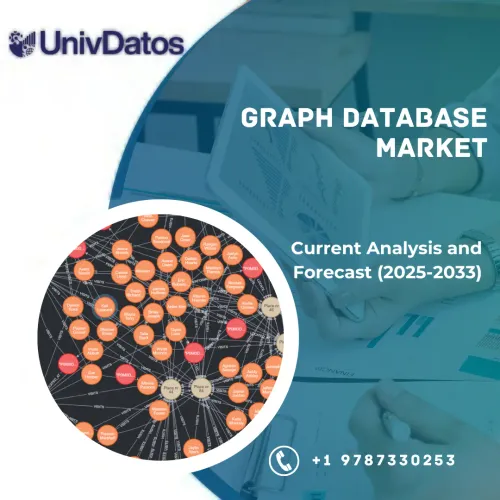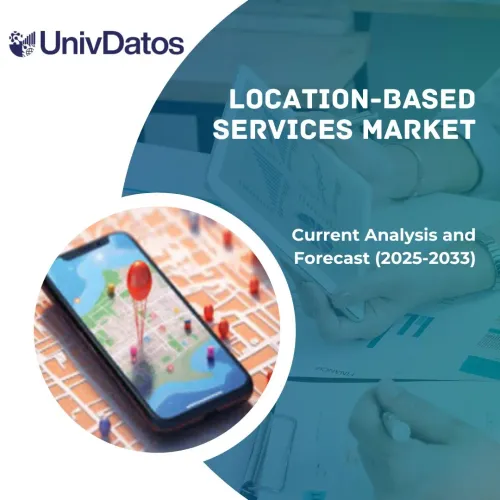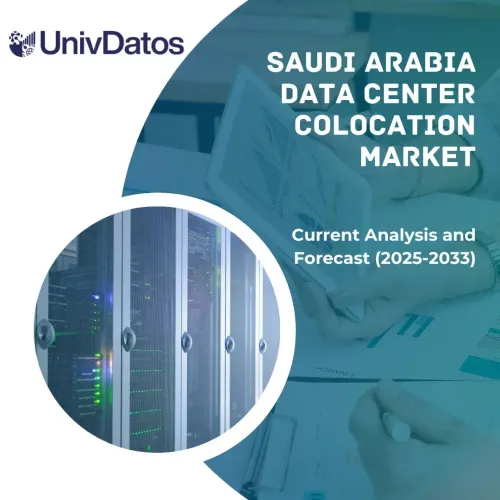- Home
- About Us
- Industry
- Services
- Reading
- Contact Us
IoT in Utilities Market: Current Analysis and Forecast (2022-2028)
Emphasis on Component (Solution and Service); End-Users (Gas Management, Electricity Grid Management, and Water & Wastewater Management); and Region/Country
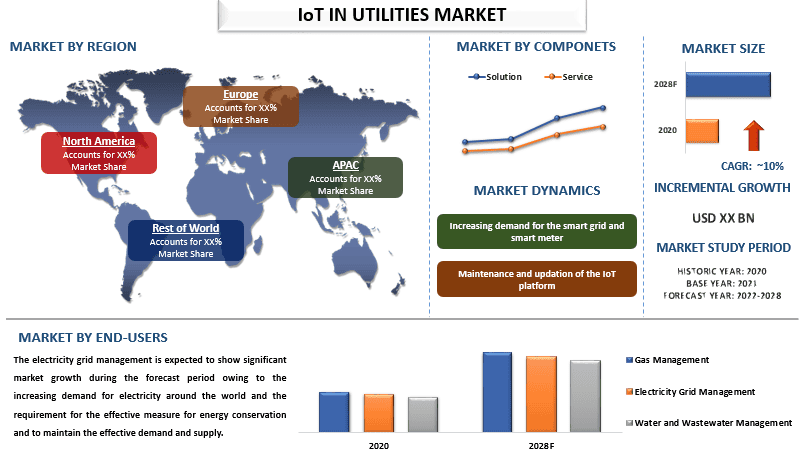
Global IoT in Utilities Market is expected to grow at a significant rate of around 10% during the forecast period. An IoT is defined as the network system of the physical objects that are connected with the software, sensors, and other devices to collect, analyze, and exchange the data to the server and other devices via the internet. IoT is the collection of different platforms and advanced technology including, machine learning & conversational artificial intelligence, cloud computing platform, and low-power sensor technology. In recent times, IoT in the utilities market has witnessed significant demand due to its incorporation into several applications such as smart grids to ensure efficiency & sustainability along with real-time consumption monitoring. The integration of IoT could help to lower operational costs, improve efficiency, and ensure the environmental goal of the demand-based power generation and distribution system. Also, the increasing investment coupled with the merger & acquisition is supporting the IoT integration in the utilities market. For instance, in October 2019, Landis+Gyr and Light announced a five-year agreement valued at R$ 750 million for one of the largest grid projects in South America.
Oracle Corporation, IBM Corporation, Cisco System Inc., Landis+Gyr, Verizon, Energyworx BV, HCL Technologies Limited, Honeywell International Inc., ABB Ltd., and Siemens AG are some of the key players in the market. Several M&As along with partnerships have been undertaken by these players to facilitate customers with hi-tech and innovative products/technologies.
Insights Presented in the Report
“Amongst component, Solution category to witness higher CAGR during the forecast period”
Based on components, the market is segmented into solutions and service. The solution segment is expected to witness significant market growth during the forecast period owing to its utilization in workforce management, network management, supervisory control, and data acquisition along with the billing system, and customer information system among others. In addition, the integration of the IoT helps the business to integrate business processes and pushes the companies towards growth. In addition, the integration of cloud-based technology in the industries for remote monitoring is expected to support the market growth for the solution segments.
“Amongst end-users, the electricity grid management to hold a significant share in the market in 2020”
Based on end-users, the market has been classified into gas management, electricity grid management, and water & wastewater management. The electricity grid management is expected to show significant market growth during the forecast period owing to the increasing demand for electricity around the world and the requirement for the effective measure for energy conservation and to maintain the effective demand and supply. In addition, the replacement of the aging grid infrastructure and deployment of the AMI (Advanced Metering Infrastructure) are expected to support the market for electricity grid management. For instance, the demand for electricity for the year 2021 has increased by the around 4% compared to the last year.
“North America to hold a significant share in the market”
In 2020, North America held a significant share of the IoT in utilities market. This is mainly due to the presence of several major players in the market and the growing adoption of smart grid technologies in the region. In addition, the increasing use of hardware components such as AC, lights and other are growing the demand for electricity and smart meter in the region, and the growing disposable income and surging per capita spending of individuals in the region is driving the growth of the market. Also, the initiative was taken by the various companies to deploy smart utility schemes with the objective to offer second-generation advanced metering infrastructure, asset management, security feature, communication module, and meter data management along with the growing investment supporting the market growth for the IoT in the utility market in the region. Furthermore, the growing adoption of decentralized & renewable generation sources along with alternative performance-based ratemaking infrastructure are deriving the investment in the self-heating and automated transmission with distribution infrastructure.
Reasons to buy this report:
- The study includes market sizing and forecasting analysis validated by authenticated key industry experts.
- The report presents a quick review of overall industry performance at one glance.
- The report covers an in-depth analysis of prominent industry peers with a primary focus on key business financials, product portfolio, expansion strategies, and recent developments.
- Detailed examination of drivers, restraints, key trends, and opportunities prevailing in the industry.
- The study comprehensively covers the market across different segments.
- Deep dive regional level analysis of the industry.
Customization Options:
The global IoT in utilities market can further be customized as per the requirement or any other market segment. Besides this, UMI understands that you may have your own business needs, hence feel free to connect with us to get a report that completely suits your requirements.
Table of Content
Research Methodology for the IoT in Utilities Market Analysis (2022-2028)
Analyzing the historical market, estimating the current market, and forecasting the future market of the global IoT in utilities market were the three major steps undertaken to create and analyze the adoption of IoT in utilities in major regions globally. Exhaustive secondary research was conducted to collect the historical market numbers and estimate the current market size. Secondly, to validate these insights, numerous findings and assumptions were taken into consideration. Moreover, exhaustive primary interviews were also conducted, with industry experts across the value chain of the global IoT in utilities market. Post assumption and validation of market numbers through primary interviews, we employed a top-down/bottom-up approach to forecasting the complete market size. Thereafter, market breakdown and data triangulation methods were adopted to estimate and analyze the market size of segments and sub-segments of the industry pertains to. Detailed methodology is explained below:
Analysis of Historical Market Size
Step 1: In-Depth Study of Secondary Sources:
Detail secondary study was conducted to obtain the historical market size of the IoT in utilities market through company internal sources such as annual reports & financial statements, performance presentations, press releases, etc., and external sources including journals, news & articles, government publications, competitor publications, sector reports, third-party database, and other credible publications.
Step 2: Market Segmentation:
After obtaining the historical market size of the IoT in utilities market, we conducted a detailed secondary analysis to gather historical market insights and share for different segments & sub-segments for major regions. Major segments are included in the report as components and end-users. Further country-level analyses were conducted to evaluate the overall adoption of testing models in that region.
Step 3: Factor Analysis:
After acquiring the historical market size of different segments and sub-segments, we conducted a detailed factor analysis to estimate the current market size of the IoT in utilities market. Further, we conducted factor analysis using dependent and independent variables such as various components and end-users of IoT in utilities. A thorough analysis was conducted for demand and supply-side scenarios considering top partnerships, mergers and acquisitions, business expansion, and product launches in the IoT in utilities market sector across the globe.
Current Market Size Estimate & Forecast
Current Market Sizing: Based on actionable insights from the above 3 steps, we arrived at the current market size, key players in the global IoT in utilities market, and market shares of the segments. All the required percentage shares split, and market breakdowns were determined using the above-mentioned secondary approach and were verified through primary interviews.
Estimation & Forecasting: For market estimation and forecast, weights were assigned to different factors including drivers & trends, restraints, and opportunities available for the stakeholders. After analyzing these factors, relevant forecasting techniques i.e., the top-down/bottom-up approach were applied to arrive at the market forecast for 2028 for different segments and sub-segments across the major markets globally. The research methodology adopted to estimate the market size encompasses:
- The industry’s market size, in terms of revenue (USD) and the adoption rate of the IoT in utilities market across the major markets domestically
- All percentage shares, splits, and breakdowns of market segments and sub-segments
- Key players in the global IoT in utilities market in terms of products offered. Also, the growth strategies adopted by these players to compete in the fast-growing market
Market Size and Share Validation
Primary Research: In-depth interviews were conducted with the Key Opinion Leaders (KOLs) including Top Level Executives (CXO/VPs, Sales Head, Marketing Head, Operational Head, Regional Head, Country Head, etc.) across major regions. Primary research findings were then summarized, and statistical analysis was performed to prove the stated hypothesis. Inputs from primary research were consolidated with secondary findings, hence turning information into actionable insights.
Split of Primary Participants in Different Regions
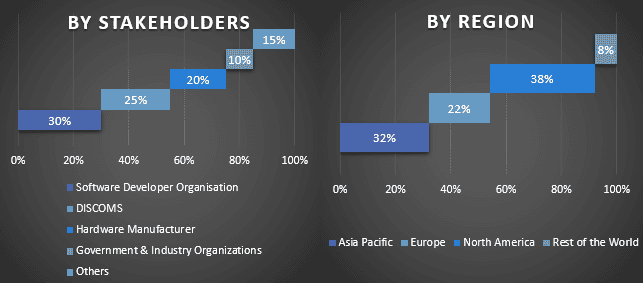
Market Engineering
The data triangulation technique was employed to complete the overall market estimation and to arrive at precise statistical numbers for each segment and sub-segment of the global IoT in utilities market. Data was split into several segments & sub-segments post studying various parameters and trends in the areas of component and end-users in the global IoT in utilities market.
The main objective of the Global IoT in Utilities Market Study
The current & future market trends of the global IoT in utilities market were pinpointed in the study. Investors can gain strategic insights to base their discretion for investments on the qualitative and quantitative analysis performed in the study. Current and future market trends determined the overall attractiveness of the market at a regional level, providing a platform for the industrial participant to exploit the untapped market to benefit from a first-mover advantage. Other quantitative goals of the studies include:
- Analyze the current and forecast market size of the IoT in utilities market in terms of value (USD). Also, analyze the current and forecast market size of different segments and sub-segments
- Segments in the study include areas of components and end-users.
- Define and analysis of the regulatory framework for the IoT in utilities
- Analyze the value chain involved with the presence of various intermediaries, along with analyzing customer and competitor behaviors of the industry.
- Analyze the current and forecast market size of the IoT in utilities market for the major region.
- Major countries of regions studied in the report include Asia Pacific, Europe, North America, and the Rest of the World.
- Company profiles of the IoT in utilities market and the growth strategies adopted by the market players to sustain in the fast-growing market
- Deep dive regional level analysis of the industry
Related Reports
Customers who bought this item also bought







